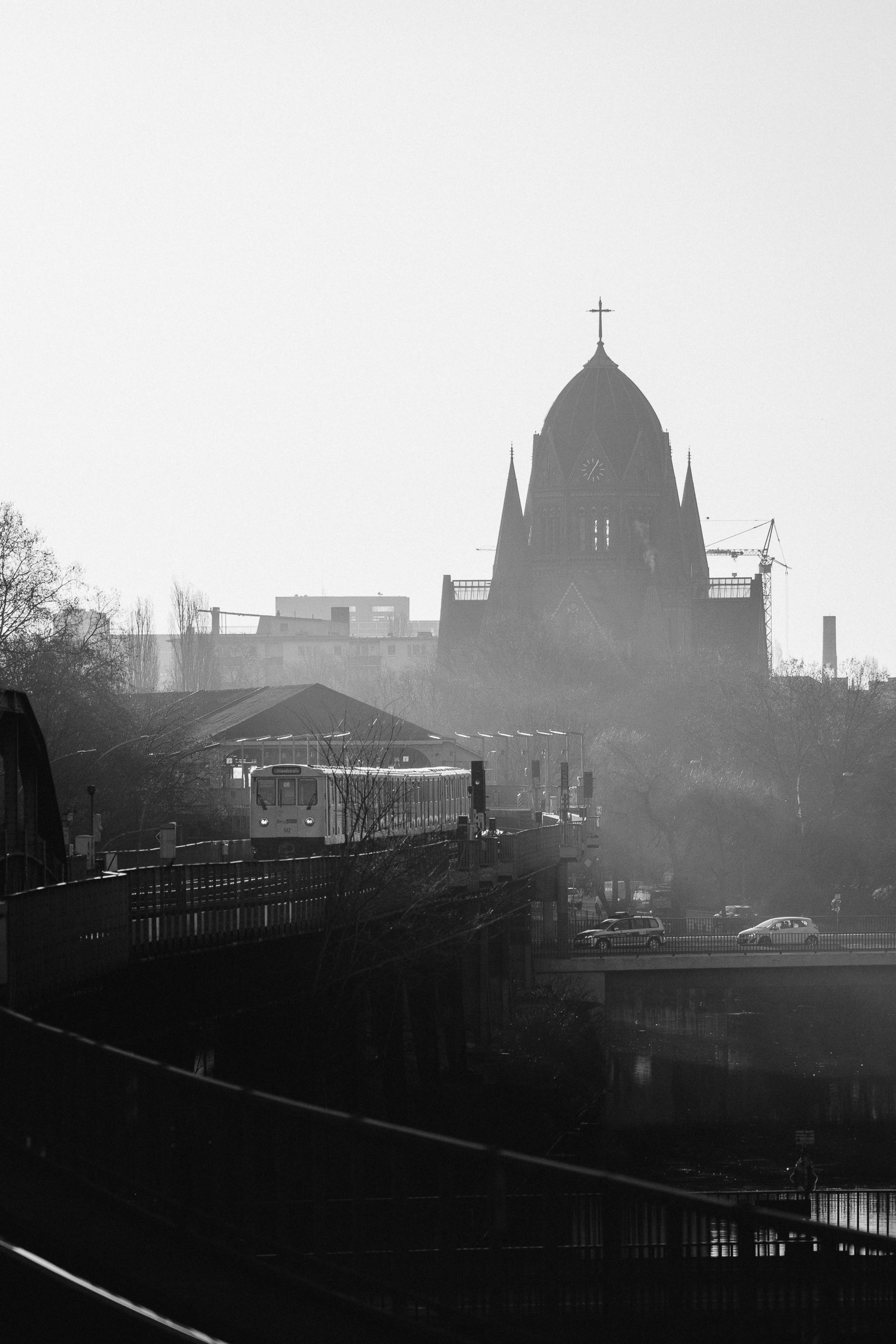Unusual Sight at Charing Cross: Scaffolding and Bales of Hay
In an intriguing turn of events surrounding the Charing Cross railway bridge, an unexpected sight has captured the attention of passersby—two bales of hay hanging from scaffolding. This peculiar display is not merely a whimsical act but is rooted in an obscure and ancient law that has sparked curiosity among locals and tourists alike.
The law in question dates back several centuries and seemingly mandates the presence of hay bales in certain circumstances, although the specifics of its origins remain shrouded in mystery. While it’s not every day that one encounters agricultural goods suspended in an urban environment, this quirky tradition has prompted many to wonder about its significance and how it relates to the lively history of the area.
Local historians are taking this opportunity to delve into the past, exploring the reasons behind such laws and their relevance in contemporary society. As scaffolding surrounds the bridge for ongoing maintenance, the presence of these bales adds a layer of charm and intrigue to the otherwise utilitarian setup.
So, the next time you find yourself at Charing Cross, take a moment to appreciate this fascinating blend of history and modern life—where the past is quite literally hanging around in the most unexpected of places.


Fascinating glimpse into London’s rich and quirky history
As a London resident, I find it endlessly intriguing how our city’s layers of history subtly influence our everyday environment. The hanging bales of hay at Charing Cross serve as a whimsical reminder of laws that have persisted through centuries, often with mysterious origins.
This tradition highlights how historical practices can become cultural symbols, even in the most modern settings. It also prompts us to consider the importance of preserving these stories, as they add depth and character to our urban landscape.
Beyond the curiosity, it’s also a reminder of how history is alive in London—through architecture, customs, and even seemingly trivial details like hay bales. It’s these peculiar traditions that make our city uniquely fascinating for locals and visitors alike.